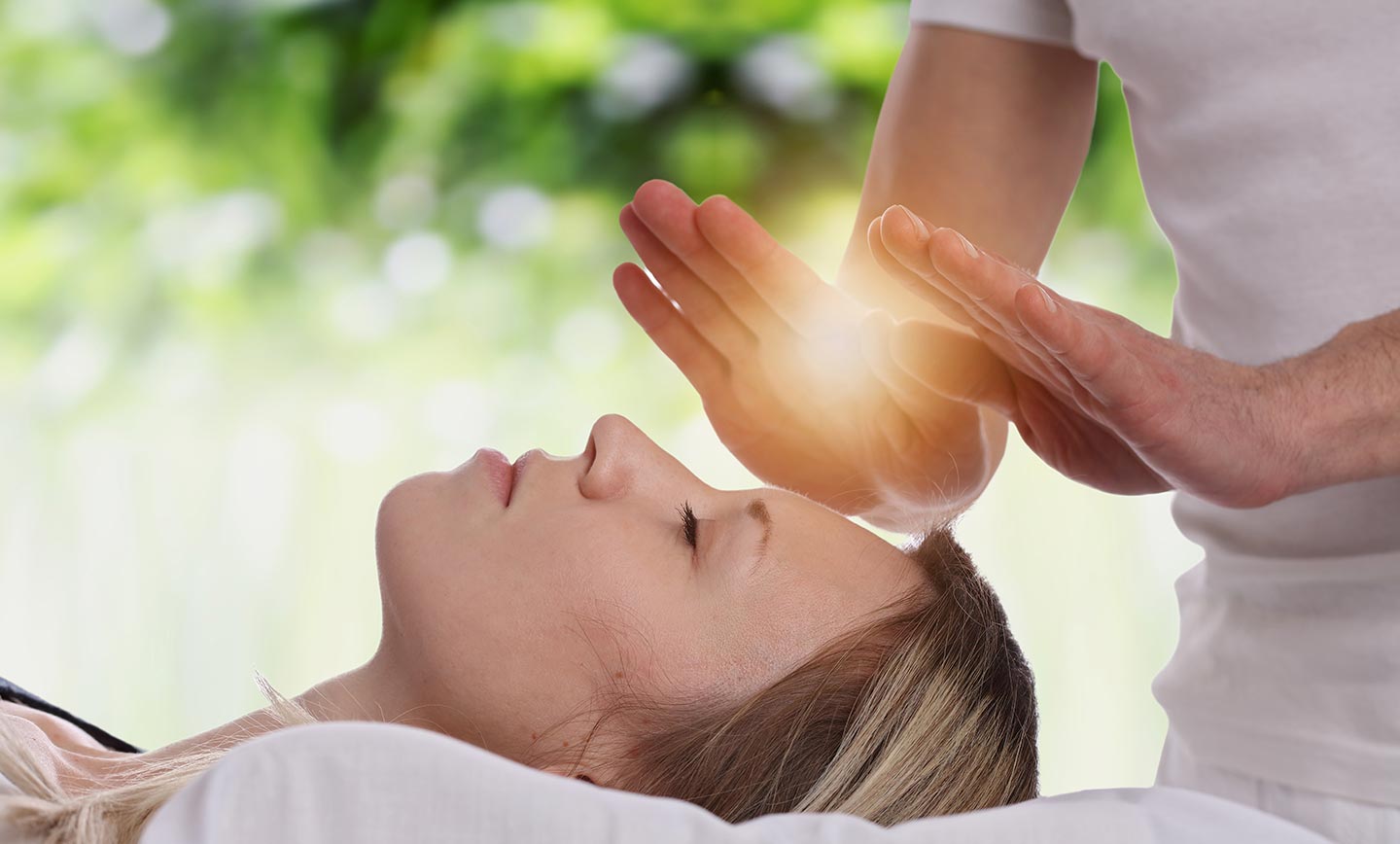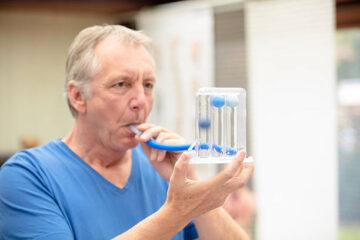
Complementary and alternative medicine (CAM) encompasses a wide range of health practices and therapies that are not typically considered part of conventional medicine. CAM includes everything from acupuncture and herbal medicine to meditation and massage therapy. The use of CAM has increased in recent years, as more people look for natural and holistic approaches to their health and wellness.
There are five major types of CAM: mind-body medicine, manipulative and body-based practices, natural products, energy medicine, and whole medical systems.

Mind-body medicine: This type of CAM focuses on the connection between the mind and body, and the role that emotions and thoughts play in physical health. Mind-body techniques include meditation, visualization, hypnotherapy, and yoga. These techniques are used to reduce stress and promote relaxation, which can have a positive impact on a range of health conditions, including anxiety, depression, and chronic pain.

Manipulative and body-based practices: This type of CAM includes therapies that manipulate or massage the body to promote health and wellness. Examples include chiropractic care, osteopathic medicine, and massage therapy. These therapies are based on the belief that the body has the ability to heal itself, and that manual manipulations can help restore balance and improve overall health.

Natural products: This type of CAM includes the use of herbal supplements, vitamins, minerals, and other natural products to promote health and prevent disease. Many natural products have been used for centuries to treat a range of health conditions, and are often used in conjunction with conventional medicine to help manage symptoms and side effects.

Energy medicine: This type of CAM involves the use of energy fields to promote health and healing. Examples include acupuncture, acupressure, and Reiki. These therapies are based on the belief that energy pathways in the body can become blocked, leading to pain and illness. Energy medicine techniques aim to unblock these pathways and restore balance to the body’s energy systems.

Whole medical systems: This type of CAM includes complete systems of healing that originated outside of the Western world, such as traditional Chinese medicine, Ayurveda, and homeopathy. These systems typically include a combination of mind-body techniques, natural products, and energy medicine, and are based on the belief that health is a result of balance and harmony within the body, mind, and spirit.
Complementary and alternative medicine encompasses a wide range of health practices and therapies that are not typically considered part of conventional medicine. The five major types of CAM are mind-body medicine, manipulative and body-based practices, natural products, energy medicine, and whole medical systems. While some CAM therapies have been shown to be effective in treating certain conditions, it is important to discuss the use of CAM with a healthcare provider, as some CAM therapies may interact with conventional treatments and medications.
References:
National Center for Complementary and Integrative Health. (2021). Complementary, Alternative, or Integrative Health: What’s the Difference? Retrieved from https://www.nccih.nih.gov/health/integrative-health
World Health Organization. (2021). Traditional Medicine. Retrieved from https://www.who.int/medicines/services/inn/traditional/en/
Mayo Clinic. (2021). Complementary and Alternative Medicine. Retrieved from https://www.mayoclinic.org/healthy-lifestyle/consumer-health/in-depth/alternative-medicine/art-20045267
National Institutes of Health. (2021). Complementary, Alternative, or Integrative Health: What’s In a Name? Retrieved from https://www.nih.gov/news-events/nih-research-matters/complementary-alternative-or-integrative-health-whats-name
It is important to note that while CAM therapies have become more popular in recent years, they are not a replacement for conventional medical care. Many CAM therapies have not been extensively studied, and their safety and efficacy are not always well understood. Additionally, some CAM therapies may interact with prescription medications or other treatments, which can have serious consequences for a person’s health.
As such, anyone considering using CAM should discuss their options with a healthcare provider. A qualified healthcare provider can help individuals determine which CAM therapies may be safe and effective for their specific health needs, and can work with them to develop a comprehensive treatment plan that includes both CAM and conventional medical care.
Lastly, CAM therapies can be a useful complement to conventional medical care. The five major types of CAM are mind-body medicine, manipulative and body-based practices, natural products, energy medicine, and whole medical systems. While many CAM therapies have shown promise in treating certain health conditions, it is important to discuss their use with a healthcare provider to ensure their safety and efficacy. By working with a qualified healthcare provider, individuals can develop a comprehensive treatment plan that includes both CAM and conventional medical care, helping them to achieve optimal health and wellness.



